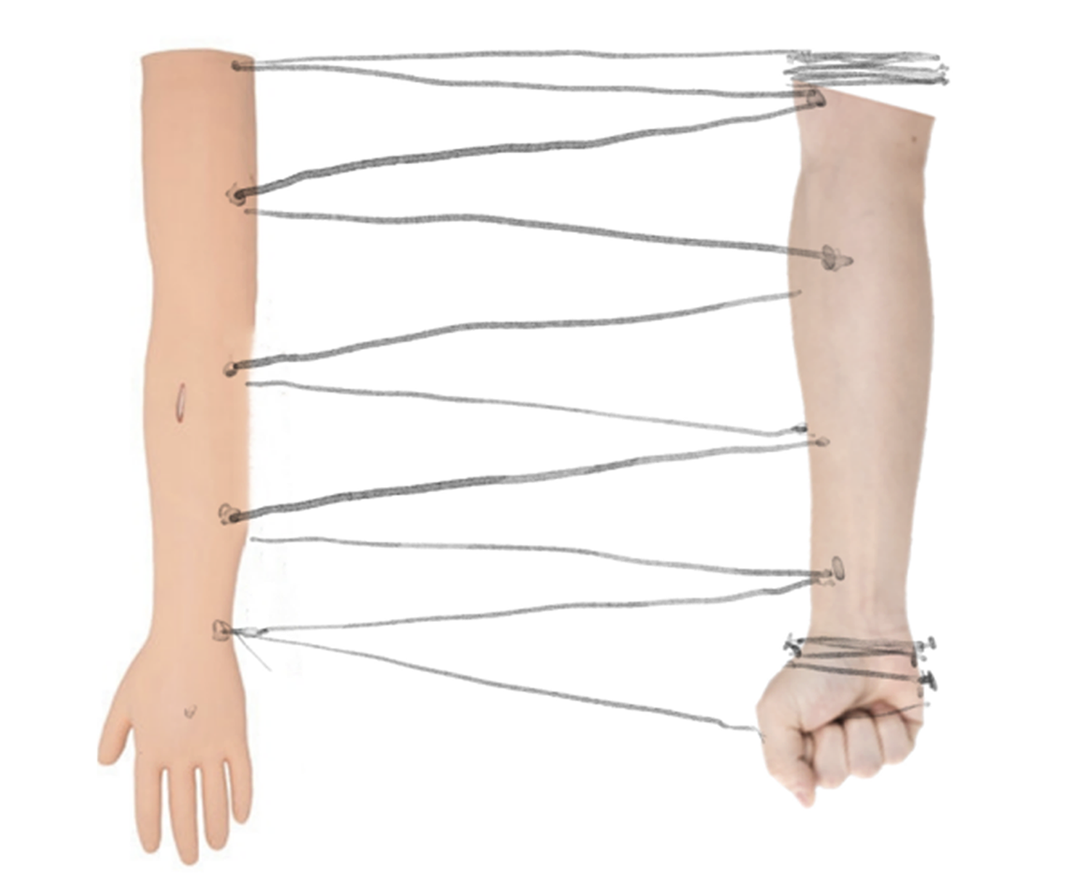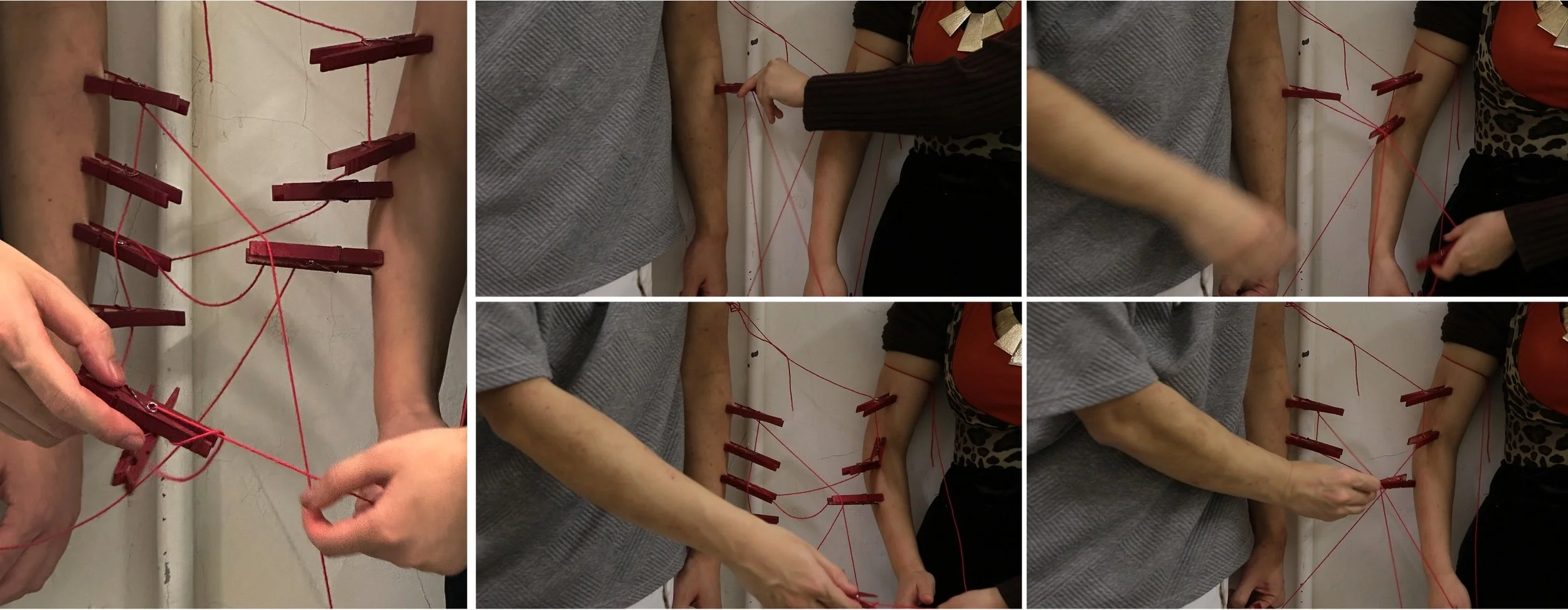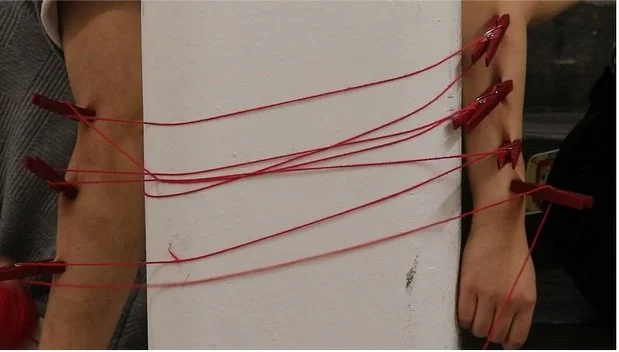
The Link between us
Performance
the”link”beteen us
The power structure within relationships, and its pathological manifestation
In relationships, both parties shape their identities in relation to each other and to themselves. In the struggle for power, they collectively establish a dynamic system.
Narcissistic personality disorder is not an isolated case in China. The prolonged high-pressure educational environment, widespread excessive parental expectations, and intense competitive atmosphere create a fertile ground for this type of personality disorder tendency. It generally involves high but unstable self-esteem, a tendency to exploit others, and poor empathy. Its self-deceptive tendencies make it highly covert, with increasingly negative effects as age and status change.
In the three intimate relationships I've experienced, to varying degrees, I gained more power by playing the victim. My understanding of all this occurred after these instances of harm and exploitation—when my friends, from the perspective of true victims, described the harm and alienation in such false relationships, and I failed in the pursuit of subjectivity. The events of the past unfolded before me again. I am unsure whether the tendencies of Narcissistic Personality Disorder (NPD) truly occurred in me, but the other party in past relationships expressed that they had experienced similar harm. The possibility of self-deception in their expression leaves the truth of the past in limbo—[Is the hurt genuine emotion or a manipulation of the other's leverage?] All I can do is confront this possibility, deconstruct myself, and explore power dynamics within relationships.
And an apology.
In the initial plan, we intended to directly use a needle through the performer's skin, making the resulting pain more palpable. For safety reasons, we opted for an alternative plan."
In the alternative plan, the use of clips and red thread is employed to depict the tug-of-war between both parties, symbolizing their connection and relationship. The tension and pain generated by the changing length of the red thread can be conveyed relatively directly to the audience, offering a more palpable experience.
CHAPTER 1
UNBALANCE RELATIOSHIP

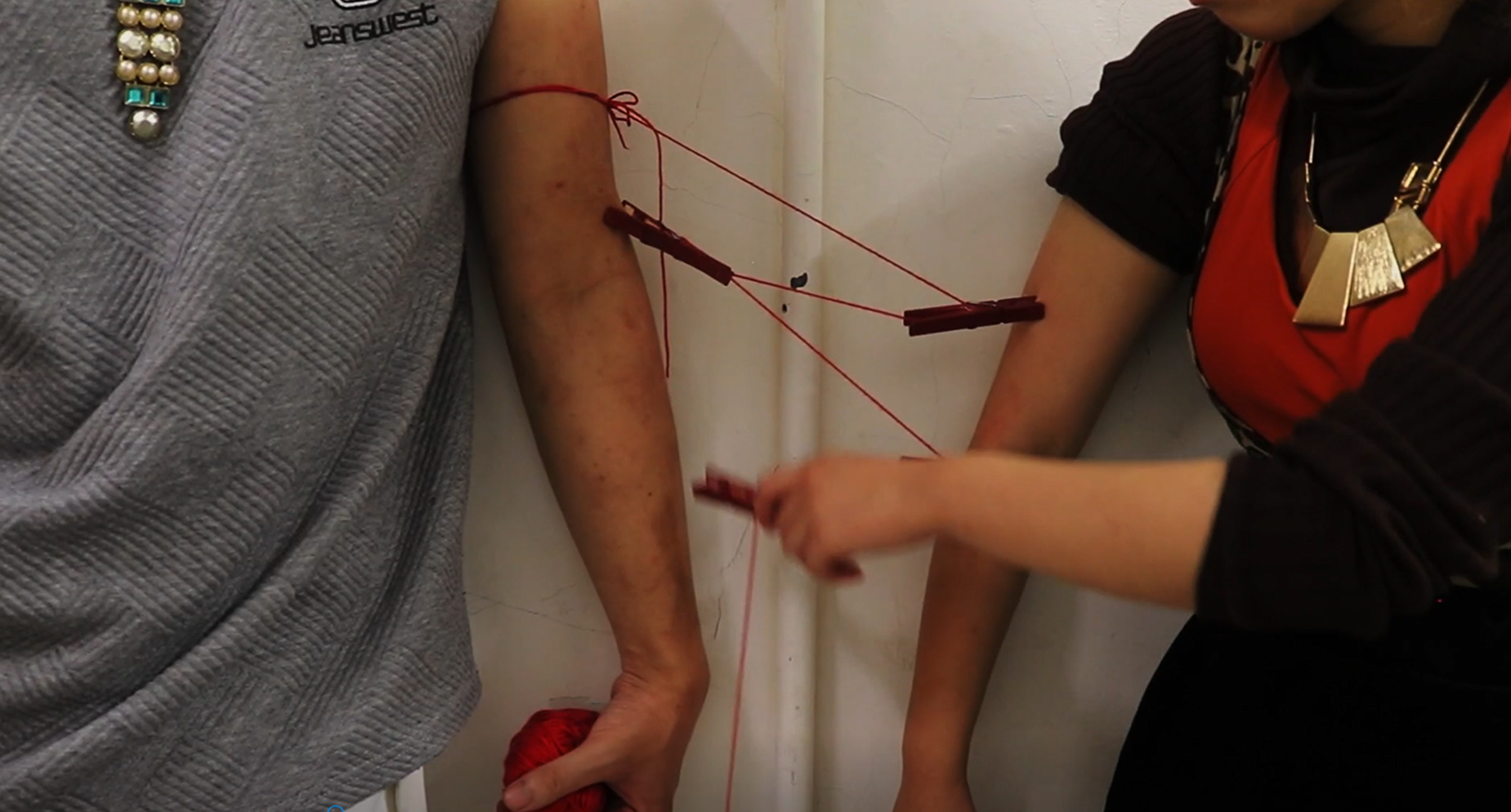


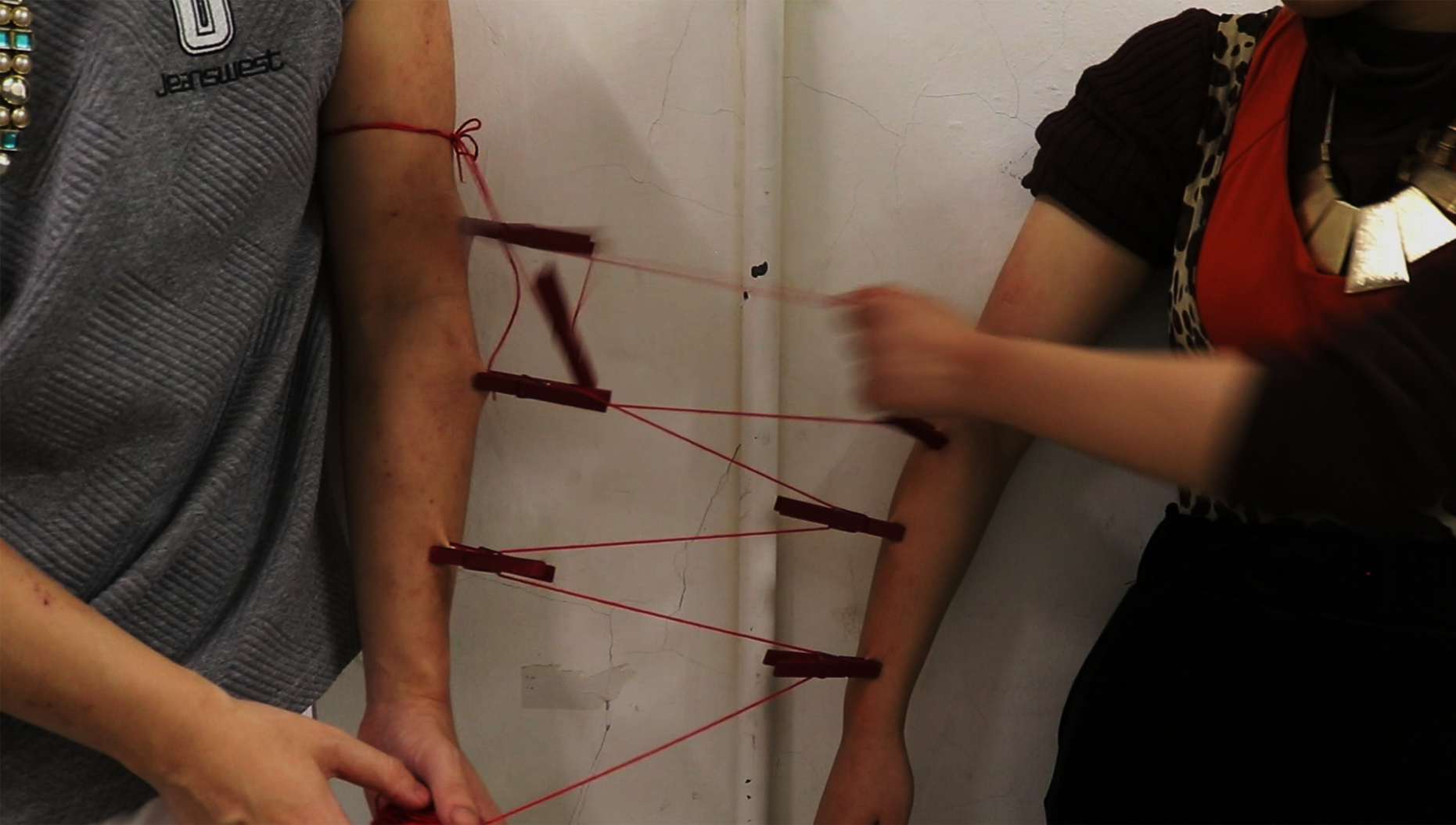
In the realm of relationships, both parties weave a complex and invisible network, where the threads rub against the flesh of each participant. Beneath the surface ent
anglement, however, the ends of the threads are firmly grasped by someone, let's call them A. Ultimately, the relationship collapses in pain.
This section points to the unequal state within the structure of the relationship. In the seemingly intricate and tightly interwoven network of relationships, one party has been thoroughly objectified. When the threads are pulled, A, in reality, can observe and control the pain of both sides from a certain detached perspective. A can use their own pain as an excuse to convince the other party to conceal the injustice beneath the system.
In the research data, individuals with narcissistic personality disorder (NPD) tendencies are known to calmly use their emotions—such as anger, breakdowns, or feeling hurt—to manipulate others. I personally believe this is the most harmful aspect.
CHAPTER 2
The relationship is built by both parties together
Within the confines of the relationship, both parties engage in a pursuit of subjectivity. Each possesses their own thread—the desires for freedom and the aspiration to become a subject—contributing to the construction of the relationship. In this process of competitive connection, both parties simultaneously shape each other and the dynamics between them. However, when one attempts to relinquish their own sense of subjectivity, the relationship once again veers into instability, ultimately collapsing in pain.
This perspective stems from past experiences—I have been both the abandoned and the abandoner, affording me different vantage points to observe this phenomenon. Witnessing the psychological defenses of the compromising party gradually erode, leading to a near-complete abandonment of principles, was a profound experience. In a certain relationship, I found myself fulfilling every request of the other party, even accepting them as an appendage to my own identity—a more intricate form of connection. Contemplation of this issue was reinforced by an exploration of Sartre's narrative on the complexity of love relationships in the development of the concept of the "Other" in his work on existentialism—complex systems woven from free will, subjectivity, and intertwined responsibilities.
Love is conflict. In fact, we have previously pointed out that the freedom of others is the foundation of my existence. Paradoxically, because I exist through the freedom of others, I have no sense of security, or perhaps it lies within the threat posed by this freedom.
—”Being and Nothingness“ Jean-Paul Sartre
CHAPTER 3
Disenchantment of Unbalanced Relationships
Even in an unbalanced relationship, it is equally constructed by both parties. The coordination between the advantaged and disadvantaged is a prerequisite for observing the existence of this dynamic.
The wall between the arms symbolizes a certain distance, offering a new perspective as the distance increases and communication becomes more indirect. In this state, B, unable to directly observe and sense A's actions, finds it challenging to coordinate behaviors, making it easier to detach from the toxic relationship.
Throughout the process, despite A's efforts to manipulate the threads and distance, the system quickly unravels due to B's inability to obtain sufficient information for coordination.
